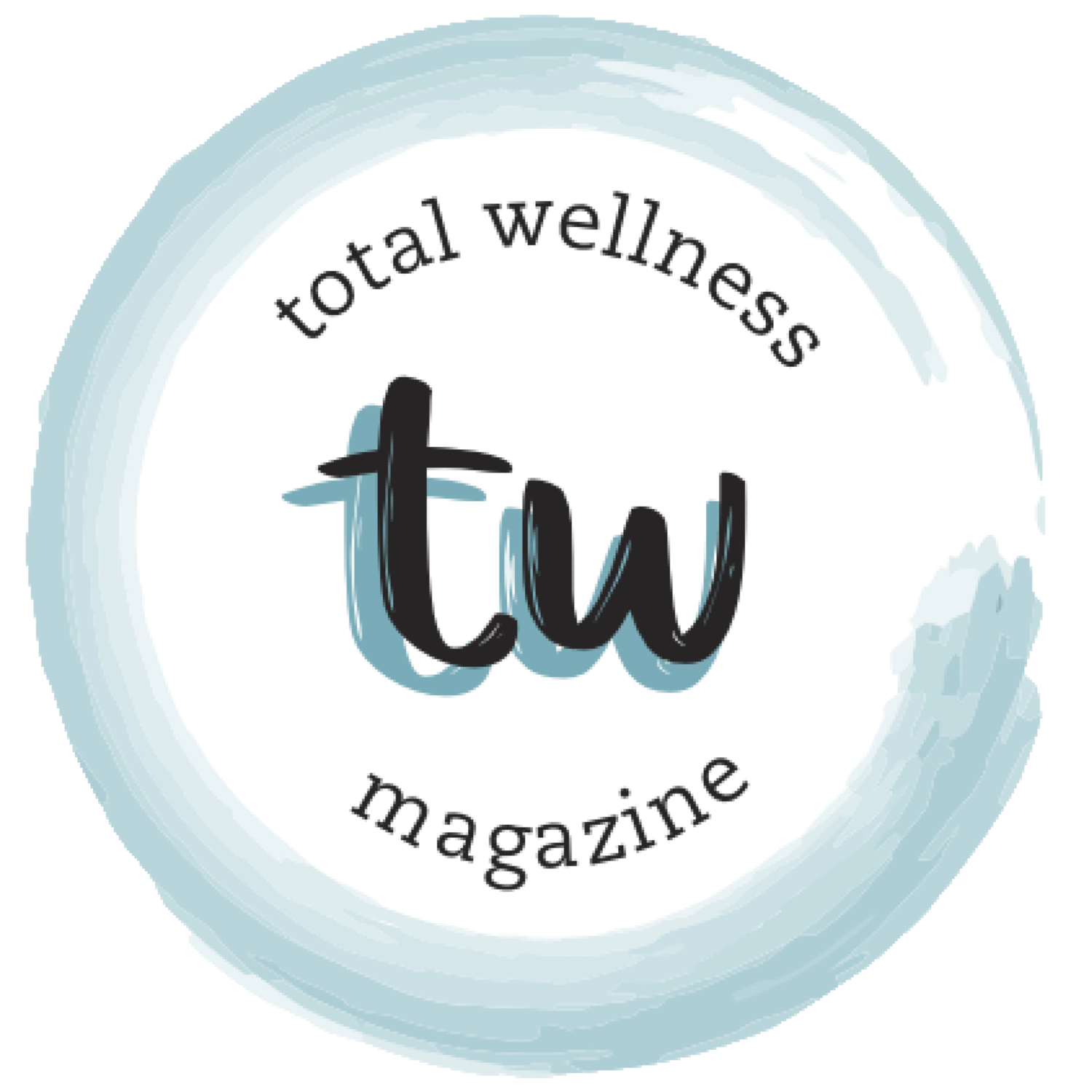Health Lessons from the Earliest Humans: Food and Nutrition
“If your great-grandma didn’t eat it, then neither should you.” Ever heard that saying? Well, let’s kick it up a notch. Should you eat it if humans from as long as 2.5 million years ago didn’t eat it? In fact, what did they even eat back then?
The foods we eat and have available to us today are vastly different from those of our earliest ancestors. We have microwavable dino nuggets, an overwhelming number of diet fads, and kingdom-like supermarkets with aisles and aisles of everything we desire at our fingertips. Given these circumstances, it may be hard to imagine how our ancestors obtained and ate their food and even harder to extract what their practices and behaviors mean for us and our health.
In this article, we’ll focus on humans from 2.5 million years ago to about 10,000 years ago (before the agricultural revolution) to understand their food systems, nutrition, and the wisdom they can offer us.
Food Systems
food system (n.): activities involved in the production, aggregation, processing, distribution, consumption, and disposal of food products (Food and Agriculture Organization of the United States). [1]
Past
What They Did
The earliest humans relied on hunting and gathering, also known as foraging. For example, they picked berries, dug for roots, looked for insects, stalked rabbits, and hunted bison. They then used handmade stone tools and the hottest invention in town, fire, to craft and cook their food, making it more easily digestible. [2]
Why It’s Beneficial
Hunting-gathering societies had their own problems: they could be chased by wild animals on a typical work day or be poisoned by nature’s candy. However, foraging carries benefits for both the environment and the foragers themselves.
Environment
Early homo sapiens relied on a more environmentally friendly food system than what we use today. They did not have massive distribution trucks or packaging factories, which prevented environmental problems such as pollution. Not to mention, foraging is inherently sustainable because of its emphasis on seasonal food, absence of unnatural additives, and lack of food waste.
Ancient foragers…
ate in season: no pineapples flying 3,000 miles in winter;
only had access to what was naturally available: no additional pesticides degrading the fields or Twinkie factories consuming massive amounts of energy;
ate as much as they worked for: little food waste, which currently makes up 30-40% of the US food supply. [3]
Self-Sufficiency
By seeking out food themselves, early humans understood food and their environment in a way we don’t. Due to the complexity of our food systems and the ubiquity of processed food, it is usually beyond most of us to know where our food comes from and how it arrives to our plates. Unlike us, early humans had to know which foods nourished them, which made them ill, and which could be used as medicine. Food connected them to nature and to each other, and was produced in a way that honored that connection. [2]
Present
What We Do
Compared to the past, today’s food systems can take years to fully grasp. Michael Pollan’s bestseller The Omnivore’s Dilemma thoroughly breaks down three major systems—industrial, pastoral, and personal—in order of decreasing complexity. In the past couple of decades, we have grown increasingly dependent on the industrial system, with highly processed food constituting as much as 61% of food Americans buy. [4]
what’s to learn
Given the role of our current food system in environmental issues like reduced air quality, land degradation, and climate change, there are certainly steps that we can take to bring our carbon footprint closer to that of early humans. “Health Lessons from the Earliest Humans” does not imply we should do exactly what was done thousands of years ago. Scouring the woods for berries and roasting a squirrel in fire sound like tasks only for the extremely adventurous minority. What the rest of us can do is gain inspiration from the values held by the earliest generations of our species and attempt to implement them in our own lives.
Lesson #1: Educate yourself. Supermarkets with non-sustainably-produced food products are not leaving any time soon, so learn what to look for in order to make sustainable purchases at these supermarkets. A few tips:
Buy produce in season. It’s tastier and healthier!
Check the ingredients list: the greater the number of unknown ingredients on the list, the more likely it is that it took more energy and processing to produce.
Reduce plastics use: buy items like grains, nuts, and seeds in bulk in reusable containers; bring a reusable bag; and make sure your packaged snacks can be recycled.
Buy organic when you can. Organic food production conserves the soil and is not grown with potentially harmful substances like synthetic fertilizers.
Check out books like The Omnivore’s Dilemma and this article for more tips to get started!
Lesson #2: Be conscious of what you’re eating. Instead of mindlessly scarfing down chicken nuggets on the way to school or work, take a moment to remember where your food comes from and express gratitude for the effort required to produce it.
Lesson #3: Learn to cook. Eat homemade meals most of the time. The early homo sapiens weren’t eating at Taco Bell everyday, and like them, we should be able to provide ourselves with affordable, nutritious, and delicious food.
Lesson #4: Buy local and consider gardening. It’s not exactly convenient and safe to find food in the local woods in this day and age, but we can still eat fresh, sustainably-produced food grown in our backyards by visiting the farmers’ market or starting a garden. Check out the UCLA Farmers’ Market on odd week Wednesday afternoons in Bruin Plaza and the Westwood Farmers’ Market on Thursdays!
Nutrition
nutrition (n.): the process of providing or obtaining the food necessary for health and growth (Oxford) [5]
Past
What They Ate
One word: variety. Instead of living off of a single crop (i.e. wheat, rice, potatoes) like people did after the introduction of agriculture, ancient foragers ate dozens of foods on the daily, including lean meats, seafood, nuts, seeds, and seasonal fruits and vegetables. [6] Perhaps it would be “berries and mushrooms for breakfast; fruit, snails, and turtle for lunch; and rabbit steak with wild onions for dinner.” [2] Today, the widely-renowned Paleo diet, otherwise known as the “caveman diet,” makes the case that the healthiest plate is one with food that is naturally found on Earth.
Why It’s Beneficial
The variety of food early humans ate ensured that they consumed all necessary nutrients. Evidence from fossilized skeletons shows that they were unlikely to suffer from starvation or malnutrition and were usually taller and healthier than their farming-dependent descendants. [2] Their diets also played a role in preventing lifestyle-induced issues, like high blood pressure. For instance, heart disease was almost nonexistent in Siberian nomads who ate diets heavy in meat, but once they started settling in towns and eating market foods, hypertension and obesity rates skyrocketed. [7]
Fun fact: Average lifespan for early homo sapiens was only about 30-40 years old, due to higher rates of child mortality. However, if children made it past treacherous early years, they were likely to live longer than 60 years and even up to 80. [2]
Present
What We Eat
The real question here is, what don’t we eat? Kale chips, zucchini noodles, black bean brownies, gummy worms, flaming hot cheetos pizza (looking at you, De Neve), microwaveable fried chicken—the mere abundance of food available to us astounding. While there are healthy developments in food industries, the vast majority of industry-produced food contributes to a population that simultaneously experiences undernutrition and obesity. [8]
what’s to learn
When foreigners are asked about their perception of America, a common answer is that the country is driven by technology and busy people. [9] In some ways, this is positive: the world loves iPhones and busy workers pave the way for innovation. However, technology doesn’t end at AirPods and smartwatches—mass-produced McChickens and hydrogenated liquid oils fall under the umbrella of technology as well. Combined with the abundance of processed food, our fast-paced lifestyles make us prone to choosing the quickest, most easily accessible source of energy. The choice often lands on processed food, one of the leading causes for lifestyle-induced issues like heart disease.
On the other hand, even the desire to eat healthy frequently results in unhealthy habits simply due to the abundance of flaky trends and flawed information. While early homo sapiens did not think of diets at all, our world is full of restrictive fads, from Atkins to detox teas. Little do we know that the earliest humans can offer wisdom that reverses our nation’s unhealthy obsession with both fast food and diets.
Lesson #1: “Eat food, not too much, mostly plants.” A famous quote by Michael Pollan that accurately sums up what early homo sapiens did.
Lesson #2: Eat a variety. A variety of foods from different food groups constitutes a healthy, balanced plate. While there are people who thrive off excessive amounts of food from a particular food group, the majority of us should attempt to eat some food from most food groups.
Lesson #3: Check ingredient labels – don’t eat it if you can’t spell it. True, the early homo sapiens probably couldn’t spell what they ate either, but that’s for other reasons. Like them, we should focus on consuming real food instead of chemical-rich foods.
Lesson #4: Relax. Eat with pleasure. Early humans did not worry about getting the right amount of the right macronutrients at the right time and they were some of the healthiest people ever alive. While it may benefit some individuals to keep track of their food intake, for the most part, we should practice intuitive eating: listening to our bodies and appreciating food as nourishment.
Bottom Line
Let’s return to the initial question: should you eat it if humans from 2.5 million years ago didn’t eat it? The answer: it depends. Our ancestors didn’t eat high fructose corn syrup and neither should we, but they also didn’t eat long-loved staples like rice. Ultimately, it’s up to us to make decisions for ourselves, based on our values and dietary needs. Unfortunately, some populations have limited access to fresh, healthy food, but hopefully we can all make the best decisions considering our circumstances—with some inspiration from our roots of course!
References
“Sustainable food systems: Concept and framework.” fao.org. (2018).
Sapiens: A Brief History of Humankind. (2011).
“Food Waste and Loss.” fao.org. (2019).
“Is the degree of food processing and convenience linked with the nutritional quality of foods purchased by US households?” Am. J. Clin. Nutr. (2015).
“Nutrition.” The Oxford English Dictionary.
The Paleo Solution: The Original Human Diet. (2010).
“The Evolution of Diet, National Geographic.” nationalgeographic.org. (2013).
“Brain Evolution, the Determinates of Food Choice, and the Omnivore's Dilemma.” Crit. Rev. Food Sci. Nutr. (2016).
“How Americans are perceived by the rest of the world.” cbsnews.com. (2016).












